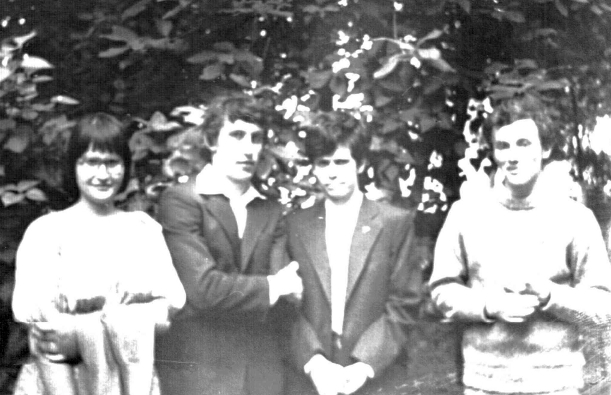Meta-Solving Multiple Choice
I explained to my AMSA students the idea of meta-solving multiple choice. Sometimes by looking at the choices without knowing what the problem is, it is possible to guess the correct answer. Suppose your choices are 2k, 2, 2/k, 10k, −2k. What is the most probable answer? There are several ideas to consider.
- A problem designer considers different potential mistakes and tries to include the answers corresponding to most common mistakes. That means the answers corresponding to the mistakes are variations of the right answer. Thus, the right answer is a common theme in all the answers.
- A problem designer tries not to allow the students to bypass the solution. So if only one of the choices is negative and the answer is negative, the students do not need to calculate the exact answer, they just need to see that it’s negative. That means the right answer cannot be the odd one out.
Both these considerations suggest a rule of thumb: the answers that are odd ones out are probably wrong. In the given example (2k, 2, 2/k, 10k, —2k), the second choice is an odd one out because it’s the only one that does not contain k. The third choice is an odd one out because it’s the only one in which we divide by k. The fourth choice is an odd one out because it’s the only one with 10 instead of 2. The last one is an odd one out because of the minus sign. Thus the most probable answer is 2k.
So I explained these ideas to my students and gave them a quiz, in which I took the 2003 AMC 10A test, but only gave them the choices without the problems. I was hoping they would do better than randomly guessing.
Luckily for me, I have six classes in a row doing the same thing, so I can make adjustments as I go along. Looking at the results of the first two groups of students, I discovered that they were worse than random. What was going on?
I took a closer look, and what do you know? Nobody marked the first or the last choice. The answers are in an increasing order, so the first is the smallest and the last is the largest. So these two numbers are odd ones out, in a way.
It is a good idea to consider 189 as an odd one out in the list 1, 2, 4, 5, 189. In many other cases, the fact that the number is either the smallest or largest is insufficient reason to consider it as the odd one out. For example, there is no reason to consider 1 to be an odd one out in the list 1, 2, 3, 4, 5. And the designers of AMC are good: a lot of problems have an arithmetic progression as a list of choices, where none of the numbers are obviously odd ones out.
To correct the situation of worse than random results, I discussed it with my students in my next classes. Problem designers cannot have a tradition in which the first answer is never the correct answer. If such a tradition existed, and people knew about it, that knowledge would help them guess. So the first answer should be correct approximately five times, which is a fifth of the total number of questions (25).
And we came up with a strategy. Use the odd one out method except for arithmetic progressions. Then add the choices to balance out the total number of the first answers, the second answers, etc.
That method worked. In my next four classes my students were better than random.
Share: